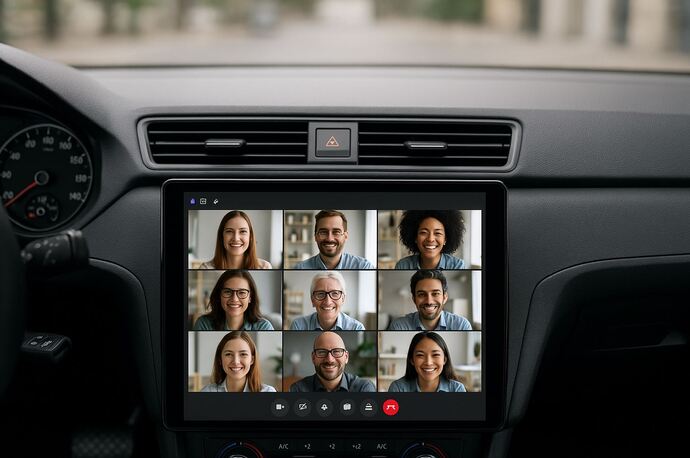Has Vision Zero become little more than a cliche?
October 15, 2020

The term ‘Vision Zero’ has become a cliché. After all, any town, city or organisation can use the buzzword, but how often does it translate into meaningful progress towards zero road deaths?
Current attempts by local authorities to introduce low traffic neighbourhoods (LTNs) have led to vocal opposition and schemes being vandalised. Some councils have backed down and reversed measures as a result. Even Sadiq Khan was forced to shelve his plan to pedestrianise Oxford street after the scheme was blocked by Westminster city council.
Many of those who agree with the idea of cleaner air, safer streets and fewer deaths are also drivers who are not willing to be slowed down and politicians refuse to do anything that’s going to cost them votes by making drivers angry.
What is Vision Zero?
Vision Zero, a road danger reduction project pioneered by Sweden almost 25 years ago with the aim of reducing road deaths to zero. Since then it has been adopted by cities around the world…with varying degrees of commitment and success. The true ethos of vision zero centres around a systematic approach to road danger reduction: evidence-based interventions including better engineering of roads and vehicles, education and enforcement (supported by a robust legal framework). However, the term is not trademarked - any city can call itself or its programmes Vision Zero. Even automotive products like car tyre manufacturers bandy the term about in their advertising campaigns.
Thankfully there are exceptions. Not a single child has been killed by cars on the streets of Oslo since 1999. And there were no pedestrian or cyclist fatalities of any age in the city last year.

Unlike Britain, where road traffic fatalities are often viewed by society as unavoidable, the Norwegian government has been working towards vision zero for nearly two decades.
In 2015, Oslo set a goal to reduce car traffic by one third by 2030. Furthermore, the authority to designate bus lanes, bike lanes, one-way traffic and closed streets to traffic was transferred from the police to the city government, allowing swift transformation of parking lanes to bike lanes and closure of through streets. Key traffic control measures like bike lanes can now be implemented in a matter of weeks rather than years. In addition, the city implemented a cycling strategy, with an aim to increase bicycle mode share to 25% by 2025. Oslo also decided to make its city centre car-free.
As well as toll gates, hundreds of new speed bumps, lower speed limits and removing traffic lanes, Oslo uses road crash data to look at factors that contributed to the crash and its severity. Such reports include recommendations for road improvements, both at the crash site and to prevent similar crashes elsewhere.
Other cities that adopt the term Vision Zero but then implement it casually – simply cherry picking the measures that suit them - have much to learn from Oslo.
Perhaps the name Vision Zero is itself is too prone to misinterpretation. In the Netherlands in the early 1970s, the language was more unequivocal with protesters dubbing their campaign for safer roads 'Stop de Kindermoord' or ‘stop the child murder’. It inspired us to make a short documentary about road danger of the same name. Those who bandy about the term Vision Zero would do well to watch it.
The ethical choice
The ETA was established in 1990 as an ethical provider of green, reliable travel services. Over 30 years on, we continue to offer cycle insurance , breakdown cover and mobility scooter insurance while putting concern for the environment at the heart of all we do.
The Good Shopping Guide judges us to be the UK's most ethical provider.

Information correct at time of publication.







